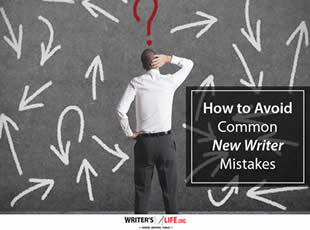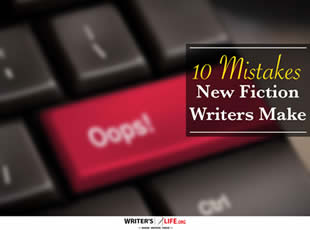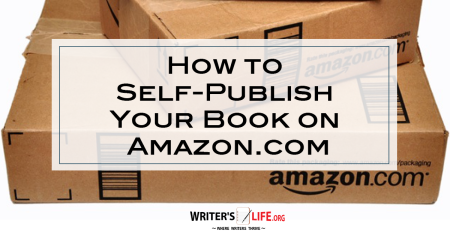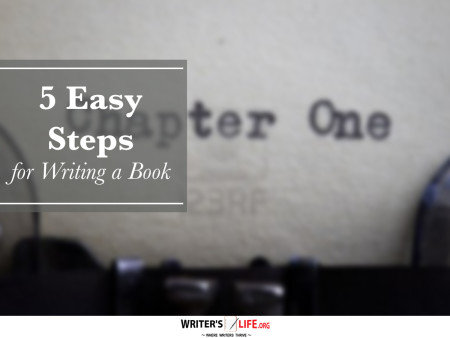- How To Tackle Jealousy In Creative Writing
- Common Submission Mistakes
- How To Stop Your Blog Becoming Boring
- The One Thing Every Successful Writer Has In Common
- How To Make Yourself Aware Of Publishing Scams
- Why Almost ALL Writers Make These Grammar Mistakes At Some Point
- 5 Tips For Authors On How To Deal With Rejection
- Top Mistakes to Avoid When Writing a Novel
- How to Avoid Common New Writer Mistakes
- 10 Mistakes New Fiction Writers Make
How to Captivate Readers and Boost Your Book Sales: Insider Strategies Every Author Needs

So there I was, sitting in a cozy café with my friend Sarah, a fellow writer like you, chatting about ways to get our books off the shelves and into the eager hands of more readers. We'd both been through the same whirlwind of late-night writings, manuscript revisions, and anticlimactic book launches. It was clear—the missing puzzle piece was a solid book promotion strategy. Does this sound familiar?
Understanding Your Audience
As we sipped our coffees, Sarah and I landed on the topic of audience identification. It's one of those foundational elements that somehow gets overlooked in the hustle of getting a book out. We both agreed it's crucial to know who you're writing for. You don't want to pour your heart into crafting a sci-fi masterpiece when your readers are hoping for a heartwarming romance.
Defining Your Target Audience
You'll want to nail down the specifics: age, interests, and even their favorite hangout spots online. Here's a quick rundown:
- Who currently reads books in your genre?
- What other books are they reading?
- Where are these readers most active online?
- What are their primary challenges or needs that your book addresses?
Getting a firm grip on these details can help you craft messaging and content that genuinely resonates with the right folks. That was the first actionable step Sarah and I promised to work on.
Leveraging Social Media Effectively
Ah, social media—the boon and bane of today's author. Sarah was quick to highlight how overwhelming it can feel to keep up with all the platforms. But, as I reminded her, it’s about strategy, not scale. Focus on where your audience hangs out—be it Instagram, where bookstagrams rule, or LinkedIn, which might seem offbeat but works wonders for non-fiction writers.
So here's what we came up with for a focused approach:
- Identify two or three platforms that align with your audience's habits.
- Create a content calendar that'll help you stay consistent without feeling overwhelmed.
- Engage with your audience—respond to comments, join communities, and don't shy away from sharing a bit of your personal journey too.
By the end of our talk, Sarah was already planning her weekly Instagram Live sessions. It's all about connecting and building real relationships.
Real-life Examples of Successful Authors
Storytime alert! Sarah shared this killer example of an indie author she met at a writing conference. He wrote historical mysteries, and instead of the usual route, he created a podcast featuring short historical stories, drawing listeners into his universe before they even knew about his books. The podcast's popularity did wonders for his book sales.
Thinking outside the box like this can set you apart. Combine your passion with creative outlets to entice potential readers to dive deeper into your world.
Building an Email List
Okay, if you take one thing away from our discourse, let it be this: start building an email list ASAP. I can't stress enough how important it is to directly reach your audience without algorithm interference. Sarah was initially hesitant, moaning about the tech setup involved, but with tools like Mailchimp simplifying everything, she got over it real quick.
We brainstormed lead magnet ideas, such as offering free short stories or exclusive chapters. The key is to continually provide value to keep your audience engaged, ensuring they're eager to read your next release.
Conclusion
As our coffee cooled, we felt energized by the concrete plans we’d laid down. Sarah and I challenged each other to dive into these strategies wholeheartedly, reminding ourselves that effective marketing requires persistence and authenticity.
Now that you've explored how to captivate readers and boost your book sales, you're one step closer to achieving your writing goals. If you're ready to take the next step, explore expert resources designed to help authors succeed. Access the Writer’s Toolkit Here.


























